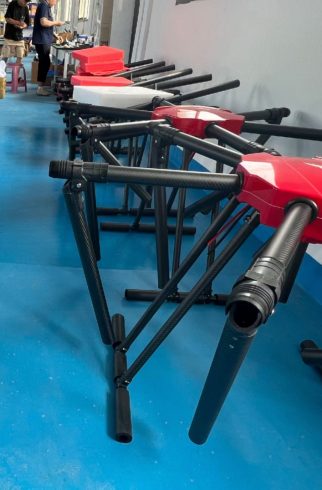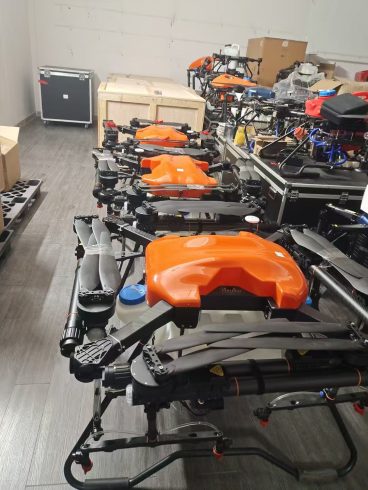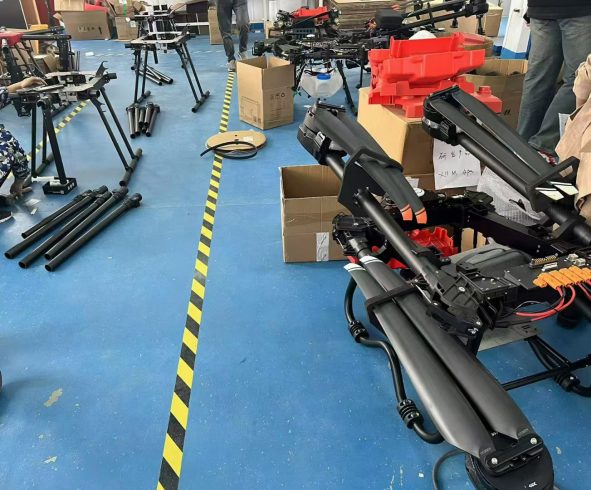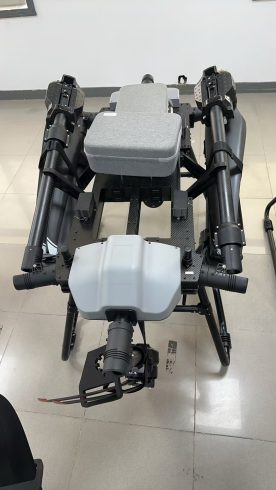![图片[1]-Transforming Wheat Cultivation: The Cutting-Edge Role of Drone Sprayers in Modern Agriculture-msoen](https://www.msoen.com/wp-content/uploads/2025/04/0e151c96c1214759-768x1024.jpg)
![图片[2]-Transforming Wheat Cultivation: The Cutting-Edge Role of Drone Sprayers in Modern Agriculture-msoen](https://www.msoen.com/wp-content/uploads/2025/04/4e0da2d332214638-768x1024.jpg)
![图片[3]-Transforming Wheat Cultivation: The Cutting-Edge Role of Drone Sprayers in Modern Agriculture-msoen](https://www.msoen.com/wp-content/uploads/2025/04/4e0d9ec2ca214327-576x1024.jpg)
Meta Description: Explore the transformative impact of drone sprayers on wheat farming. Learn how precision agriculture technology boosts efficiency, reduces costs, and enhances crop resilience in wheat production.
Transforming Wheat Cultivation: The Cutting-Edge Role of Drone Sprayers in Modern Agriculture
Wheat, a global staple crop, faces mounting pressures from climate change, labor shortages, and the demand for higher yields. Traditional crop management methods struggle to keep pace with these challenges. Enter drone sprayers—a groundbreaking innovation poised to revolutionize wheat farming by merging precision, speed, and sustainability. This article delves into how drone sprayers are redefining wheat cultivation, offering practical solutions to age-old agricultural dilemmas.
The Unique Challenges of Wheat Farming
Wheat farming requires meticulous care to maximize yield while minimizing inputs. Key hurdles include:
- Labor-intensive spraying: Large-scale wheat fields demand significant human effort for pesticide and fertilizer application.
- Weather sensitivity: Wheat is vulnerable to pests and diseases exacerbated by unpredictable weather patterns.
- Cost inefficiencies: Conventional machinery often incurs high fuel and maintenance costs, reducing profit margins.
- Environmental concerns: Overuse of chemicals threatens soil health and biodiversity.
These challenges create an urgent need for scalable, eco-friendly solutions—making drone sprayers an increasingly vital tool.
How Drone Sprayers Excel in Wheat Management
- Precision Spraying for Optimal Crop Health
Drone sprayers leverage advanced sensors and AI-driven mapping to analyze wheat fields at a granular level. Unlike blanket chemical applications, drones deliver targeted doses directly to affected areas. This precision reduces chemical usage by up to 40%, lowering costs and minimizing environmental harm. Studies indicate that targeted spraying improves wheat yield by 15–20% through healthier plant growth. - Rapid Response to Pests and Diseases
Wheat crops are prone to outbreaks of aphids, rust, and fusarium. Drones equipped with multispectral cameras detect early signs of infestations invisible to the naked eye. Farmers can deploy sprayers within hours, preventing spread and safeguarding harvests. This proactive approach mitigates losses estimated at $3 billion annually in traditional wheat farming. - Time and Cost Efficiency
A drone can treat hundreds of acres of wheat in a single day, a task that would take weeks with manual labor or tractors. By eliminating fuel, labor, and equipment expenses, drone sprayers reduce operational costs by 30% or more. Their agility also allows spraying during wet conditions when machinery cannot operate, preventing delays critical to crop cycles. - Sustainability and Safety
Drone sprayers reduce reliance on broad-spectrum pesticides, fostering healthier ecosystems. They also eliminate worker exposure to toxic chemicals, addressing safety concerns prevalent in manual spraying. Additionally, their electric or hybrid designs produce fewer emissions, aligning with global sustainability goals.
Overcoming Adoption Challenges
While the benefits are clear, farmers may hesitate due to upfront costs or technical barriers. Solutions include:
- Government subsidies: Many regions now offer incentives for adopting precision agriculture tools.
- Leasing models: Pay-as-you-go options make drones accessible without heavy initial investments.
- Training programs: Agricultural cooperatives and tech providers are rolling out hands-on workshops to build farmer confidence.
The Future of Wheat Farming with Drone Sprayers
Innovations on the horizon promise even greater impact:
- Swarm technology: Fleets of drones working in sync could treat vast fields in minutes.
- IoT integration: Soil moisture and weather sensors will enable fully automated, real-time spraying decisions.
- Climate-resilient strategies: AI-driven drones will predict and adapt to extreme weather, ensuring stable wheat production amid climate uncertainty.
Conclusion
Drone sprayers are not just a technological leap—they are a lifeline for wheat farmers navigating 21st-century challenges. By enhancing accuracy, cutting costs, and promoting sustainability, these devices empower farmers to grow more wheat with fewer resources. As global wheat demand rises, embracing drone sprayers isn’t just advantageous—it’s essential for securing food security and building resilient agricultural systems.
Target Keywords: drone sprayers for wheat, precision agriculture in wheat farming, wheat crop spraying technology, sustainable wheat cultivation, AI-powered drones for agriculture.












暂无评论内容